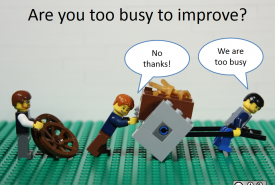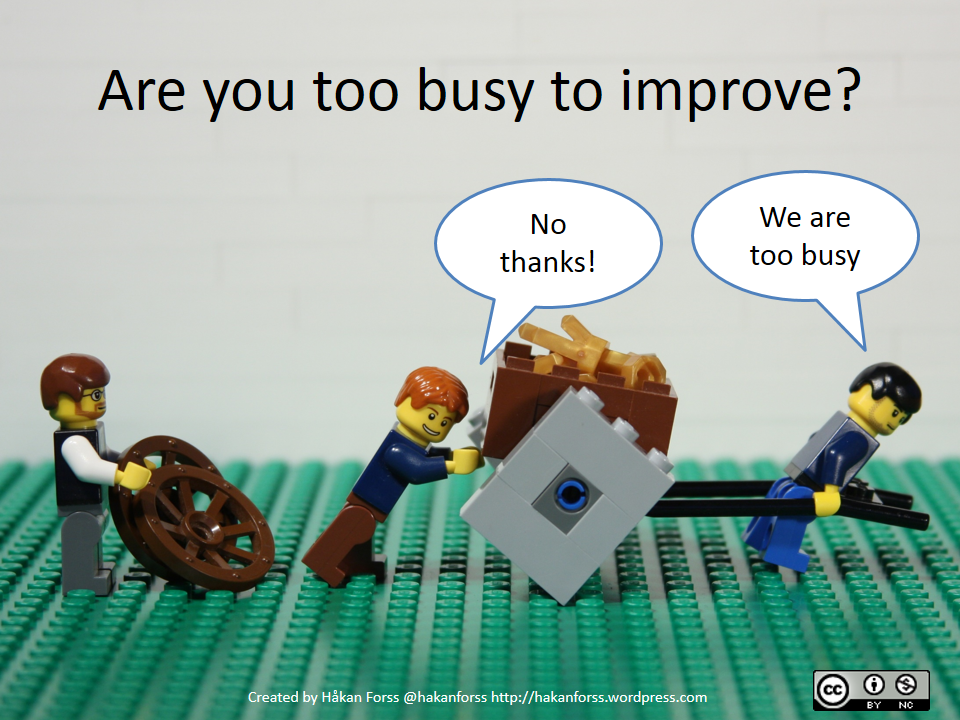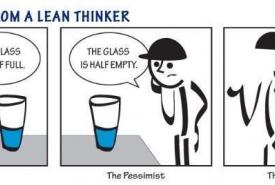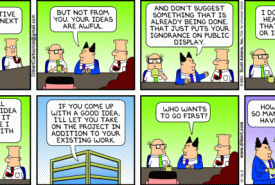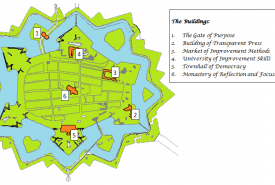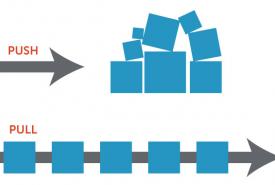Performance Behaviour - N.C.W.Webers (summary)
In his book ‘Performance Behavior’, Webers describes how an organization can link performance to behavior. This article will focus on the eight types of Human-waste which are described in this book. To minimize these wastes and optimize performance behavior, Webers gives a few tips: It should be clear for all employees what the target is (1), one should define what behavior leads to the desired performance (2) and that defined behavior should be measured and anticipated on (3).

